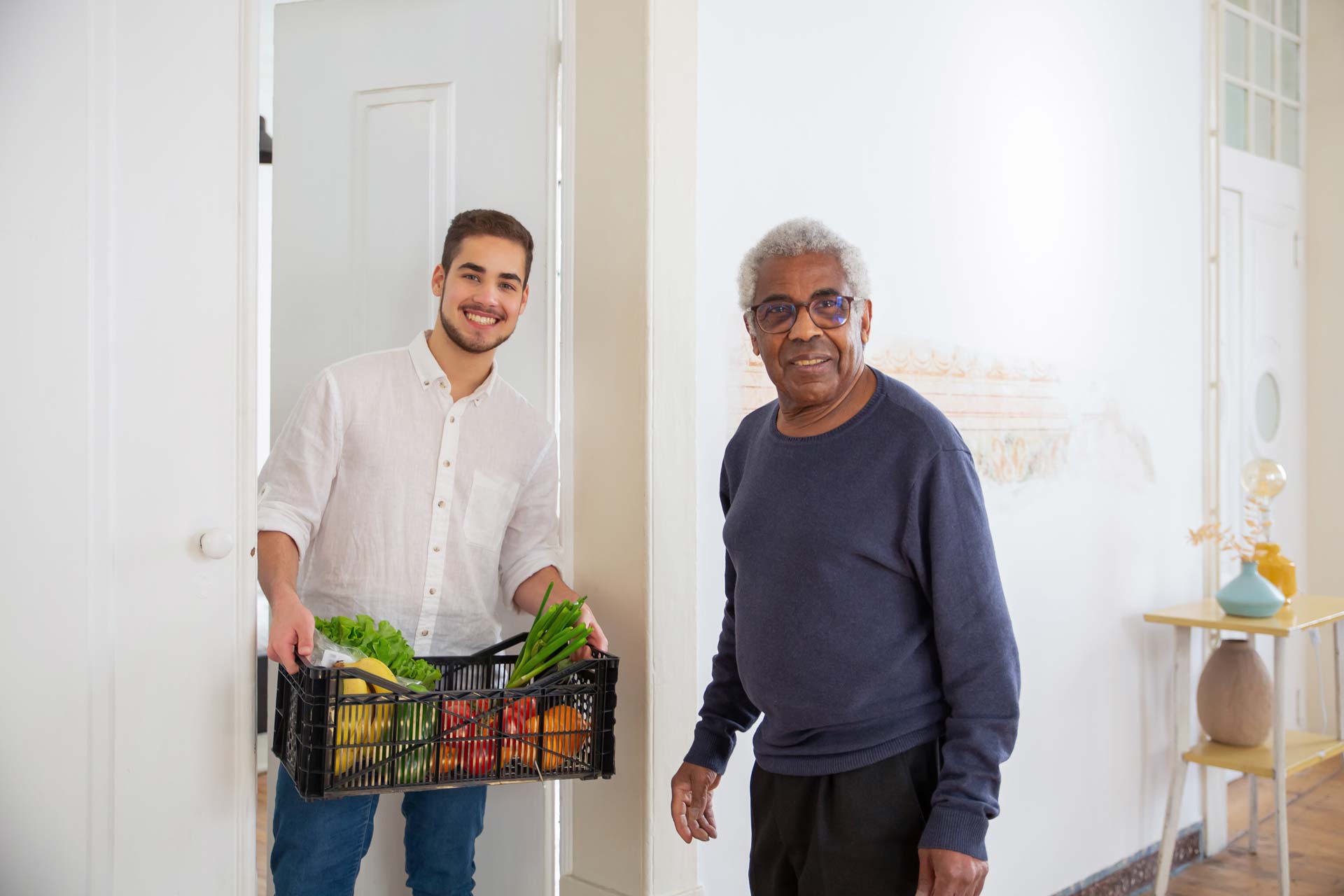No One Talks About How American Seniors Are Being Targeted
May 16, 2025

For many over 60, growing expenses and indifferent systems are a daily reality. At a glance, it might seem like inflation is easing. But the everyday bills seniors pay for groceries, housing, healthcare, and utilities continue to rise. Some are finding relief by exploring homeowner assistance options for seniors that may help ease monthly financial pressure.
This reflects the long-standing neglect of the needs of older Americans. More and more, the numbers suggest a disturbing pattern: seniors are being targeted by systems that were never designed to work in their favor.
For many older adults, financial stress is only part of the challenge. It shapes daily decisions and reveals long-standing gaps in how systems support aging adults.
These senior-tested tips are helping retirees stretch $1,000 further than ever — without cutting out the things that matter most.
How Inflation Is Reshaping Senior Spending
A 2024 report by Boston College’s Center for Retirement Research shows that 39% of near-retirees are cutting back on savings, and nearly 25% of retirees and near-retirees are making larger withdrawals from their accounts to afford basic needs. The average withdrawal was $3,620, about 5% of their annual income. These shifts highlight the impact inflation has on people living on fixed incomes.
Yahoo Finance reports that home healthcare costs rose more than 11%, and staple groceries like eggs have also gone up significantly. Each increase adds pressure and leaves seniors with fewer options.
To cope, many cut spending on essentials like food, prescriptions, or utilities just to stay afloat. These choices highlight the growing disconnect between everyday expenses and the systems meant to support older adults. This is another way seniors are being targeted by the compounding effects of inflation.
Healthcare Costs Keep Climbing
Healthcare remains one of the steepest costs for seniors. KFF reports that Medicare beneficiaries spent an average of $7,000 out-of-pocket in 2022. For many older adults, total annual costs surpass $11,000 when premiums, co-pays, and long-term care are included.
The emotional toll runs just as deep. According to a 2024 Commonwealth Fund survey older adults in the U.S. are more likely than their peers in other high-income countries to delay or skip needed medical care because of cost.
One 72-year-old said: “I don’t call the doctor unless I absolutely have to. I know what the visit will cost before I even walk in.”
This reality leaves many feeling like survivors of a system that prioritizes billing over care. The data makes it hard to ignore: seniors are being targeted in a system that too often treats their health as a profit center.
You’re not alone. These proven savings strategies are helping seniors cut costs on prescriptions, appointments, and more — without sacrificing quality care.
Housing Now Feels Like a Risk, Not a Refuge
For older adults, housing means more than just a place to live. It provides routine, stability, and a sense of security. Yet the cost of maintaining that security keeps climbing. The Harvard Joint Center for Housing Studies reports that over half of renters aged 65 and older spend more than 30% of their income on housing. One in four spends over 50%.
Tight budgets leave little room for flexibility. Some seniors stay in homes they can no longer maintain safely, while others risk eviction or rely on family. The Consumer Financial Protection Bureau notes that housing insecurity is rising, especially for those living alone or with limited income. Seniors of color often face deeper obstacles due to unequal access to homeownership and generational wealth.
This trend isn’t limited to major cities; rent increases are hitting rural and suburban areas too. With fewer affordable options available, many older adults face a fragile safety net that cannot keep up with the pace of change. In every region, seniors are being targeted by housing trends that push stability further out of reach.
Food Prices Force Seniors to Make Difficult Choices
According to MetroHealth, food prices rose 10.8% last year, marking the sharpest increase in four decades. Bureau of Labor Statistics data shows that grocery costs continue to climb faster than income.
The effects are clear:
- One in four seniors skip meals.
- One in five seniors rely on food banks or SNAP benefits.
- A 2024 Feeding America report found nearly 9 million older adults are experiencing food insecurity.
Beyond hunger, food insecurity raises the risk of hospitalizations, worsens chronic conditions, and makes it harder to manage medications. Many seniors now weigh essentials against one another, choosing between groceries, prescriptions, or utility bills.
For too many, missing meals has become a survival tactic, not an exception. These choices highlight how deeply strained the system has become for older Americans. It’s yet another space where seniors are being targeted, not with intention, but with neglect.
Steps You Can Take Right Now
Public policy matters, but so do personal steps that create breathing room and reduce stress. Here are some options to consider:
- Review your budget. Track recurring costs and cut expenses where possible.
- Talk to your doctor. Ask about generics, discount programs, or assistance.
- Call your utility company. Many offer senior discounts or seasonal aid.
- Visit your local senior center. Free or low-cost meals, screenings, and transport may be available.
- Get help with benefits. Local nonprofits or Area Agencies on Aging can assist with Medicare, SNAP, and housing paperwork.
- Stay connected. Talking with family or neighbors helps reduce isolation and builds resilience.
It’s not a government check — but this senior savings boost is helping older Americans uncover hidden financial relief right from their phones.
Push Back Against the Pressure
The challenges seniors face are more than economic. They speak to how aging is valued in American life. Many systems were not built with older adults in mind, and the cracks show most in moments of pressure.
Yet older adults also bring a deep well of resilience and perspective. They’ve weathered downturns, raised families, and adapted through decades of change. When they advocate for themselves, they clear space for others to follow.
Rising costs and reduced support don’t have to define aging. Respect, inclusion, and stability should be part of that future. That future starts with listening, speaking up, and insisting that systems change alongside the people they serve. The message is clear: seniors being targeted by outdated systems deserve better, and they have the power to demand it.







